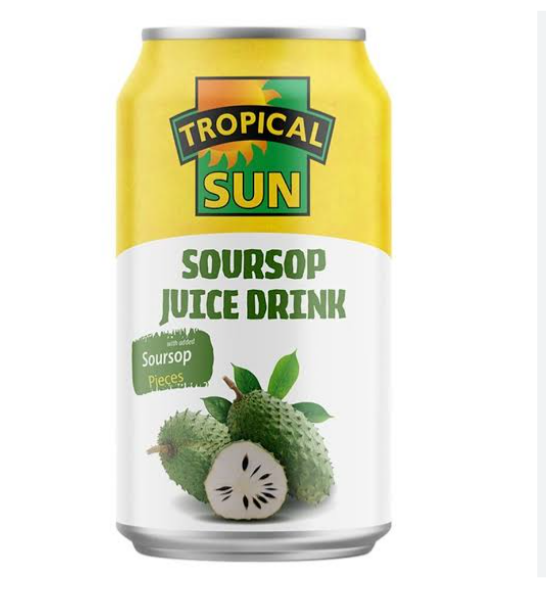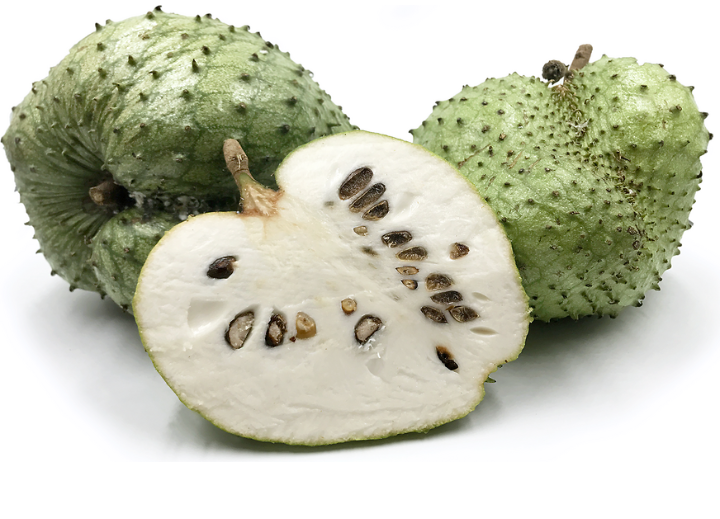
Soursop is a type of tree fruit now grown in almost all the parts of the world. It is also called with several other names such as; Guyabano, Brazilian pawpaw, prickly custard apple etc. It is also grown in Nigeria.
Soursop farming can be practiced in a warm and humid tropical region. It is an economic tree that is widely consumed in most part of the globe. The botanical name of soursop is Annona Muricata of the family Annonaceae.
Soursop plant can grow up to 6m tall with the following distinctive features:
a. LEAVES: It possess a dark, shiny, green, broad-ended, oval, evergreen leaves which are large and leathery in appearance. The leaves are about 12 cm (5 inches) long.
b. FLOWERS: The flowers are very large. They are yellowish or greenish-yellow in colour.
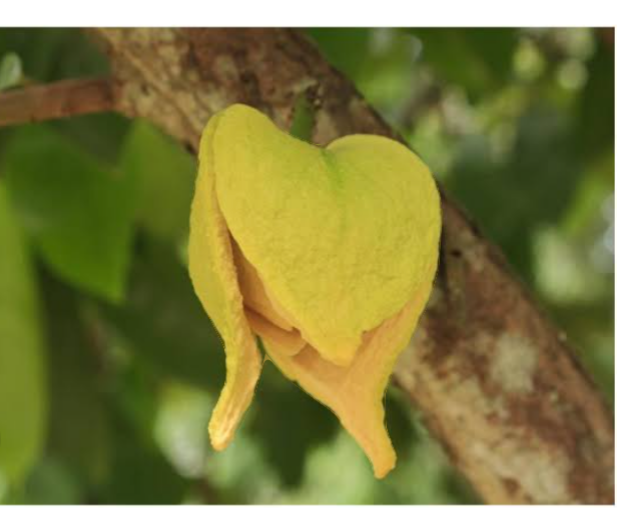
c. FRUITS: The fruits resembles the shape of a heart. They are spinous, large with varying sizes and can grow anywhere in the trunk. The small spins cover the body of the fruits. And has about 100 or more black non digestible seeds inside.
The fruits are aromatic and green-skinned. They grow up to about 20 cm (8 inches) long.
d. FRUIT PULP: The pulp is very fleshy, soft and milky white in colour. The juice appears almost like a yoghurt drink, with acidic sour taste. The flesh can be eaten with bare hands. And can be used in making smoothies, candies, fruit juice, deserts etc.
e. THE TREE: The tree is small in size about 6m tall.
BENEFITS OF SOURSOP
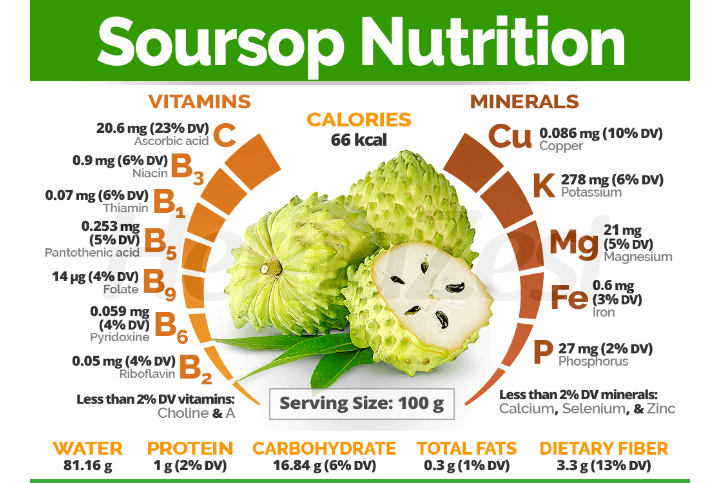
1. Every part of the soursop tree is medicinal and very useful to man. It is nutritious, medicinal and economical.
2. Soursop is used in traditional medicine to treat conditions such as arthritis, nervous disorders, and diarrhea.
3. It is consumed as a food source.
4. The fruit is a source of nutrients, such as fiber and vitamin C, which may protect against several common health conditions such as certain cancers, heart disease, neurodegenerative (brain-related) diseases, inflammatory conditions like arthritis and inflammatory bowel disease (IBD).
5. Soursop is a rich source of antioxidant and anti-inflammatory compounds . Antioxidants protect cells from damage caused by highly reactive molecules called free radicals. Free radicals results in a state called oxidative stress. Oxidative stress has been linked to many chronic conditions, such as heart disease and certain cancers.
6. Soursop contains a number of protective plant compounds, such as sesquiterpenes, phenolic compounds, acetogenins, and alkaloids. These compounds are beneficial to human. For example, phenolic compounds like coumaric acid have powerful antioxidant properties. The high concentrated in acetogenins are suggested by research as have strong anticancer effects.
7. Soursop is high in fiber, which is important for digestive health
8. Soursop contains a variety of bioactive compounds that may lower blood pressure by inhibiting an enzyme called angiotensin-I-converting enzyme (ACE), which regulates blood pressure levels.
9. Soursop is low in calories while being high in fiber, vitamins, and minerals. It is rich in copper and potassium. Copper is a mineral needed for essential functions such as red blood cell formation, iron metabolism, growth and development, neurotransmitter synthesis, and energy production.
Soursop is high in potassium which is required for critical functions like muscle contraction and blood pressure regulation, high blood pressure, heart disease, and osteoporosis
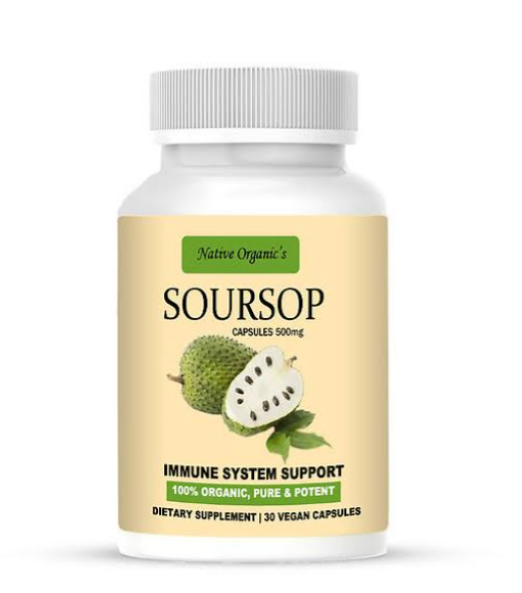
10. It is a good source of iron, magnesium, folate, and iron, all of which play important roles in overall health.
11. The seeds and leaves have toxic properties and, when crushed are effective against head lice, southern army worms, and pea aphids.
12. The fruit can be used as fish traps bait.
13. The wood from the tree may have potential as a source for paper pulp
14. The tree wood can be used to make ox yokes because it does not cause hair loss on the neck of the oxen.
15. Filipinos use the young fruit as a vegetable while Caribbean strain the pulp to extract the milk which is mixed with sugar to drink or mixed with wine or brandy.
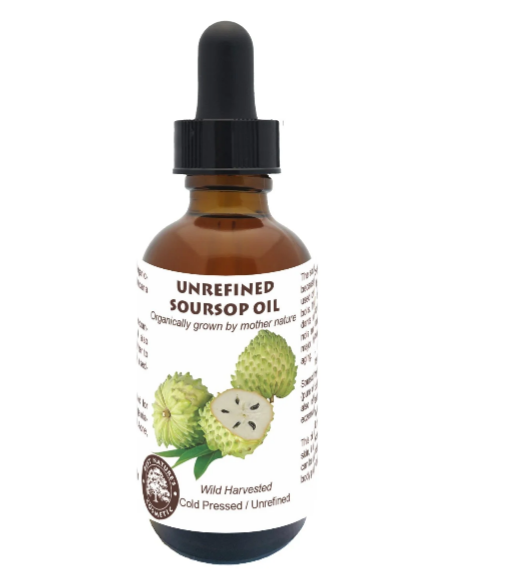
STARTING A SOURSOP FARM
Lots of people especially in West Africa grow soursop within their home garden due to its benefits. But to start a commercial soursop farm, the following must be put into consideration; land, seeds or seedling variety, space, manure, irrigation etc.
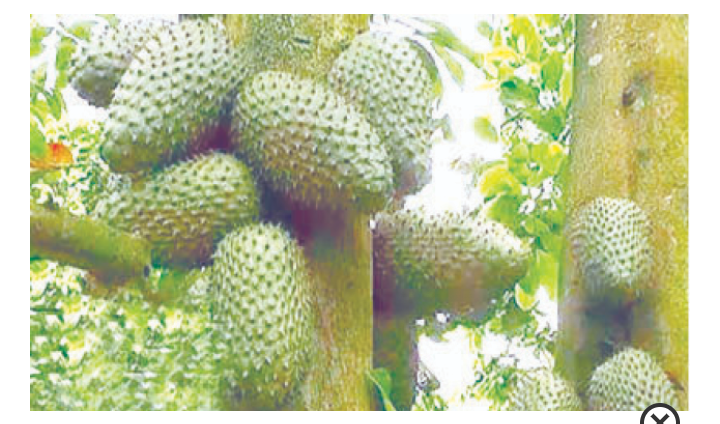
VARIETIES OF SOURSOP: There are two varieties of soursop. The sweet soursop variety which is mostly for eating and the sour variety which is for processing.
To select a variety for cultivation, varieties with the following characteristics should be used: variety that produces big fruits especially hybrid soursop. It can resist pest and diseases, matures faster (3years), produce big and plenty fruits etc. It is advisable to purchase seeds from established seed companies.
CLIMATIC REQUIREMENT : Soursop prefer a warm, humid climate especially of tropical regions. It survives at elevation of 1,200 m (3,500 ft) above sea-level. It is cold-sensitive and will suffer injury in a light frost. It needs plenty of sun and cannot withstand strong winds.
PROPAGATION : Soursop can be intercropped with large trees of other economic fruit trees. It can be propagated through seeds, cuttings (marcotting), budded and grafted seedlings. If seed is used for propagation, the tree will start producing fruit from 3-5 years. When grafting, it is best to use Soursop seedlings, although grafting on to custard apple, mountain soursop, or pond apple is usually successful.
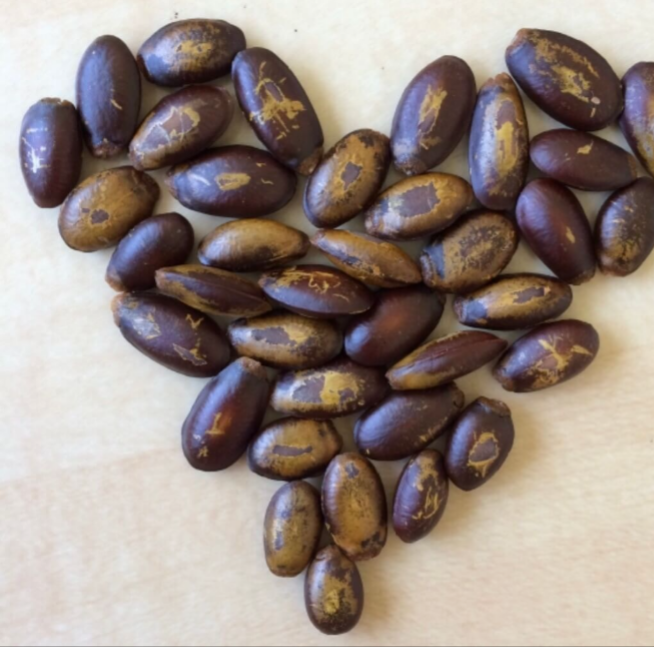
LAND PREPARATION : The land of forested areas or undisturbed land are good for soursop production. The land should be cleared by removing all the unwanted trees, shrubs and grasses. The removed vegetation should be heap up in one place in the field so that it can be used for mulching or compost.
For a large expanse of land, ploughing should be done twice if necessary for a deep planting and harrowed once. The soil should be tilled for easy movement of root and water.
SOIL REQUIREMENT : Soursop grow and produce best on a rich, well-drained sandy-loam soils. It can be grown in acid and sandy soil. It requires a
an acidic pH of about 5.0-6.5.
PLANTING AND NURSERY OPERATION : The seeds should first be removed from a well matured diseased free fruit. They should then be washed and dried. A nursery bed should be prepared and the seeds should be sown at a depth of 1cm, space between 2cm-3cm apart. The nursery bed should be mulched and watered regularly. Within 25-30 days, the seeds will germinate. They should then be transfered to nursery bags or containers when the first set of leaves are matured.
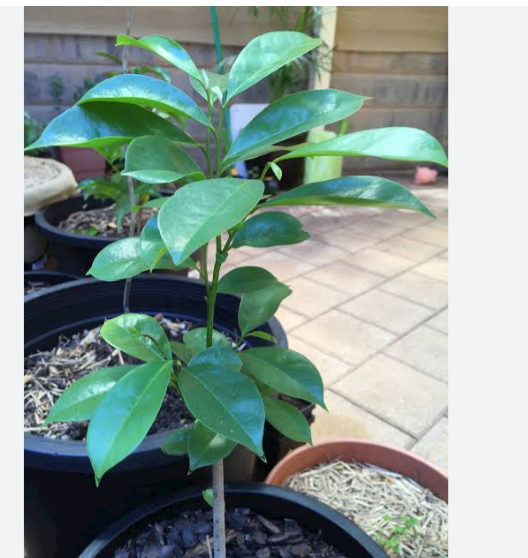
After transfer into the nursery bags, water them immediately and provide partial shade for the soursop seedlings. Finally, at about 6-7 months old, the seedlings are ready to be transplanted to the main field.
FIELD OPERATION: Before transplanting of the seedlings from the nursery to the field, the planting layout plan should be prepared first. This will help to determine the number of seedlings the field can accommodate. The soursop should be spaced at 4m x 4m – 7m × 7m in rectangular, square or triangular form. Plant between 205-630 in square pattern, 235-720 in triangular pattern.
A hole of 50cm wide and 50cm deep should be dug and the seedlings placed inside the hole and cover with the top soil. They should be watered immediately they are transplanted.
Immediately after transplanting of the seedlings, they should be mulched or partially shaded because soursop grows well in humid and warm conditions; they are affected by very high or low temperature. A temperature of 28°C-32° is good for optimum growth.
PRUNING/INTERCROPPING IN SOURSOP CULTIVATION
Soursop is pruned the same way cocoa plants and other tree crops are pruned etc. This will allow free movement of air in the farm, good light penetration, straight and neat branches etc. All twigs and water sprouts, diseased and decayed branches etc should be removed . Soursop should be Intercropped with crops that can be harvested fast or within a year. For example; cassava, vegetables; maize etc. These intercrop crops will help in suppressing weeds as well as provide capital when sold for the maintenance of soursop plantation until harvest. After 3 years, perennial trees can be planters. By this time, the soursop would have started fruiting. Such perennial tree crops include : plantain, orange, mango etc.
FERTILIZER APPLICATION
Organic fertilizer is encouraged, it could be dung or compost or both. Inorganic fertilizer like NPK 10:10:10 quarterly is prefered. First year 225kg/tree; second year 45kg; third year 1.36kg. The third year amount of 1.36kg can be repeated every other year. Manure should be applied at the beginning of raining season or when the rain is about going or after every 6 months.
Ammonium sulphate 21:0:0 can be applied every one month after planting. If ammonium sulphate is used, the quantity of manure should be increased every year until it start fruiting. Then 250-300 grams of NPK 15:15:15 should be applied. This should also be increased every year from 1.5kg-3.0kg.
For vigorous growth, potash (muriate, 0:0:60) should be applied with micronutrients.
IRRIGATION IN SOURSOP FARMING
Soursop can withstand harsh conditions. But to maintain healthy growth, water is needed. This can be done by irrigation. During flowering, watering should be stopped because it needs dry condition to induce synchronous flowering. But care has to be taken because prolong drought will result in mass dropping of soursop leaves.
WEEDING/MULCHING
Weeds can compete with soursop. They also affect it by causing stunted growth and unhealthy plants. Weeding should be done twice or thrice a year with machines or manually by the use of hoe or cutlass. Also, intercropping can help suppress the weeds.
Compost and mulches can also help suppress weeds and also conserve soil moisture.
PEST/DISEASE CONTROL IN SOURSOP FARMING
Common pests are root grubs, carpenter moth larva, oriental fruit fly, mealy bugs, birds etc.
Mealybugs may occur in masses on the fruit, while scale and lacewings may infest the tree. The fruit may be attacked by fruit flies, and red spider mites can be a problem in dry climates. Also defoliator caterpillars can attack the leaves
Common diseases are root rot, anthracnose, pink disease etc.
REMEDY:
Burn disease plant parts, remove fruits that have fallen. Use chemical (recommended insecticides) or neem oil for treatment.
HARVESTING
Soursop starts flowering after 3 years and fruits the same year. It continues fruiting every other year in great numbers. The fruits should be harvested when they are fully developed and greenish in nature. They should be left for about 2-4 days to ripen. By this period, the pulp soften up. A tree soursop can yield between 60-70 fruits in a year. Their peak period is between May-June but they fruit all year round.
When soursop is matured for harvest, the spine set themselves far apart and the shiny green colour becomes dull or yellowish-green.
All the fruits mature at different time. Only the matured fruits should be harvested
MARKETING
Supply should be to market men and women who are fruits vendors. Companies such as ice cream and beverages companies are in high demand of soursop.
